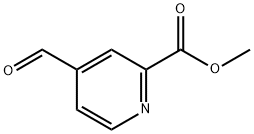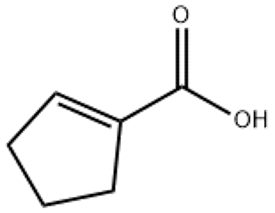3-(4-Methyl-3-Pentenyl)Cyclohex-3-Ene-1-Carbonitrile(CAS#68084-04-8)
Introduction
Acrylonitrile, also known as vinyl cyanide, is a colorless liquid with a pungent odor. The following is an introduction to the properties, uses, production methods, and safety information of acrylonitrile:Properties: It is a highly reactive compound that can react with many other substances. Its chemical structure contains a double bond, making it prone to polymerization reactions.Uses: The main use of acrylonitrile is as a chemical raw material. It can be used as a raw material for synthesizing rubber, synthetic fibers (such as acrylic), plastics, and paints. Acrylonitrile can also be used to prepare chemical products such as organic solvents, coatings, adhesives, and surfactants.Production: Acrylonitrile can be produced through industrial methods of propionitrile synthesis. Typically, acrylonitrile is obtained by catalyzing the reaction of propylene with hydrogen cyanide. This reaction usually takes place under high temperature and high pressure.Safety Information: Acrylonitrile is a toxic chemical substance and poses potential hazards to both humans and the environment. Exposure to acrylonitrile can cause irritation and damage to the skin, eyes, and respiratory tract. Long-term exposure may even lead to damage to the liver, kidneys, and nervous system. When using acrylonitrile, appropriate safety measures must be taken, such as wearing chemical-resistant gloves, masks, and protective goggles. Inhalation of its vapors should be avoided, and contact with fire sources should be prevented to avoid fire and explosion.



![(1-methylpyrazolo[3,4-b]pyridin-5-yl)methanol(CAS#1221288-28-3)](https://www.xinchem.com/uploads/1-methylpyrazolo34-bpyridin-5-ylmethanol.gif)




